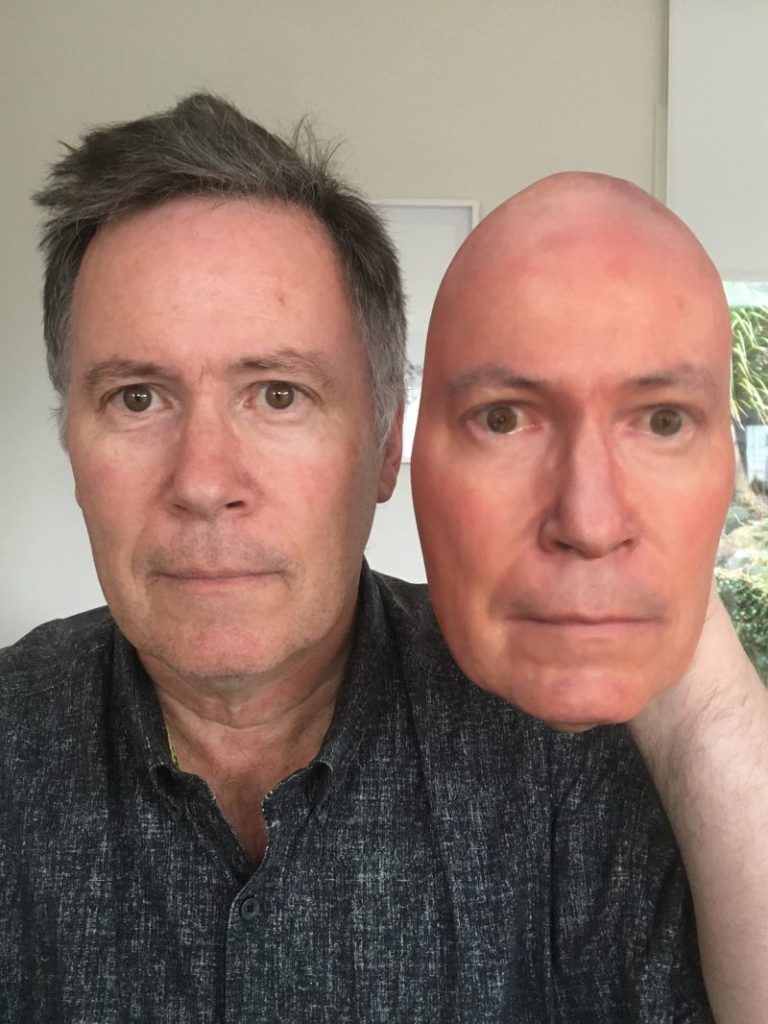Mimaki’s color 3D printing technology definitely has the wow factor, but how will the company grow in 3D printing? And how will it try to grow its market? Product Manager EMEA at Mimaki Mark Sollman is one of the people looking deeply into that. We interviewed him to find out more about the company and its future.
Mark has spent 15 years at Mimaki, with 14 of those in its application team. He’s now going to be performing Product Management for Mimaki in Europe, beginning with the development of sales materials and guides. The company has also worked hard to train its global partner network on its 3D printing technology.
Mimaki itself got its start in 1975 with cutting plotters using vinyl and other materials. It then went over to ultraviolet (UV) printing, becoming a leader in wide-format UV printers. A number of years ago the company developed a 2D technology to print depth on substrates, inspiring a Mimaki engineer to develop the company’s 3D technology. Mimaki’s 3D printers are used for inkjet printing on clothing, signage, stickers, and labels.
Mimaki‘s process is able to 3D print CMYK, white, as well as a varnish and support material. In addition to its massive 3DGD-1800 machine, with a build volume of 57” x 43.7” x 70.8”, it has a 3DUJ-553 machine, with a build volume of 500 by 500 by 300 mm and a price of around $230,000. Recently, the firm introduced a smaller format machine with a significantly lower price and a build volume of 200 by 200 by 70mm. At about $35,000, this one really makes color 3D printing within reach for many. Mimaki’s parts are used as decorative items and are not meant for direct contact on the skin, but you can finish them in a coating for end-use applications. Customers rely on Mimaki printers to make mass-customized parts for labels, figurines and other uses.

The incredible Olaf Diegel, with his replica 3D printed using Mimaki’s inkjet technology.
“[We’re] trying to invest in order to help develop an industry. We are finding people with new applications, knowledge and customers now,” Mark said. “About 50% are interested in parts through a service and 50% in owning a machine. We have interest in architecture, scale models, stop-motion animation, but also medical models, such as printed hearts. Theres’ also a head model that surgeons can use to practice on. We also have prototyping customers. We have customers that use us for transparent prototypes, like perfume bottles and glass. Other customers are in shoes, cars, or boats. In prototyping, we’ve saved customers months of development time. We also make art objects and work with a architects on architectural models.”
I was curious to see where Mimaki was now and where it wants to go. Mark told me:
“We’ve developed a high-quality machine—a real production machine with high uptime. But, we must be even faster in the future. We want our customers to be able to do more production on the machine. We will also give more attention to materials, workflow, data preparation, and finishing products.”
Not a lot of people are familiar with Mimaki’s technology, parts, and printers. I wondered, if I wanted to get started how would I be able to see if there was a business case in it for me?
“To print via a partner such as Marketiger, people use an OBJ file. This goes to data correction software, that goes to the printer. Then, we get rid of the water soluble support material. The part is then ready to finish. Maybe they polish it or maybe they don’t. Then, they could finish it with two-component glue or other finishing material, depending on the application. If you want to explore buying a machine, a partner can show you an inspiration kit, which has parts that can show you what we can do. We can also help you with an ROI calculator. You can give us files and we can look at how long it takes to print, how much ink is required, and do a cost calculation for you. That way, you can see how you can make money with us. Most support comes directly from the partner, but we here in Europe have 15 people to support your applications or give you technical support. We’re here to help you develop the right applications.”
I’m generally excited about full-color 3D printing. I really like what Marketiger is doing in figurines and as a service. I also really like Mixed Dimension’s figurines for the games industry. That alone could be a huge application. I really want to see more people come up with exciting new applications for these machines in the future.
Subscribe to Our Email Newsletter
Stay up-to-date on all the latest news from the 3D printing industry and receive information and offers from third party vendors.
You May Also Like
NSF Awards Kentucky $1M for Advanced Manufacturing
The National Science Foundation has awarded a $1 million grant to the University of Louisville for the Advancing Manufacturing and Building Construction Technologies (NSF AMT) project. This initiative is part...
3D Printing News Briefs, May 11, 2024: 3D Printed Stent, Tower, Sculptures, & More
We’re starting off with medical research in today’s 3D Printing News Briefs, as researchers in Korea used CT images and 3D printing to fabricate an educational simulator for a mastoidectomy....
3D Printing Unpeeled: Wind Turbines, Probiotics and Lenses
TPI Composites, ORNL and Ingersoll Rand are working to make wind turbine tooling segments that can be 18.3 meters long. These elements also include resistive wires that help keep the...
Tethon 3D Releases Cost-effective Bioprinter
Tethon 3D, known for its ceramic-loaded DLP materials, custom resins, and DLP 3D printers, has recently released a bioprinter. Vat polymerization printers like DLP systems have been widely used by...
































